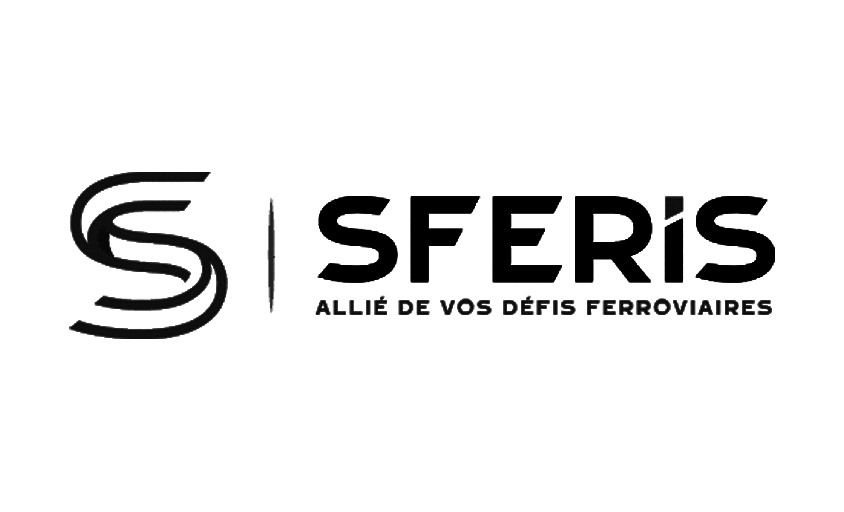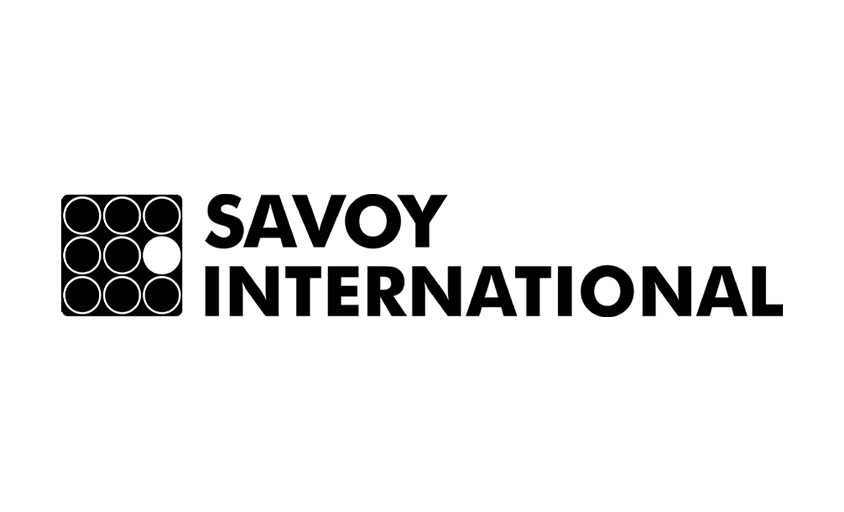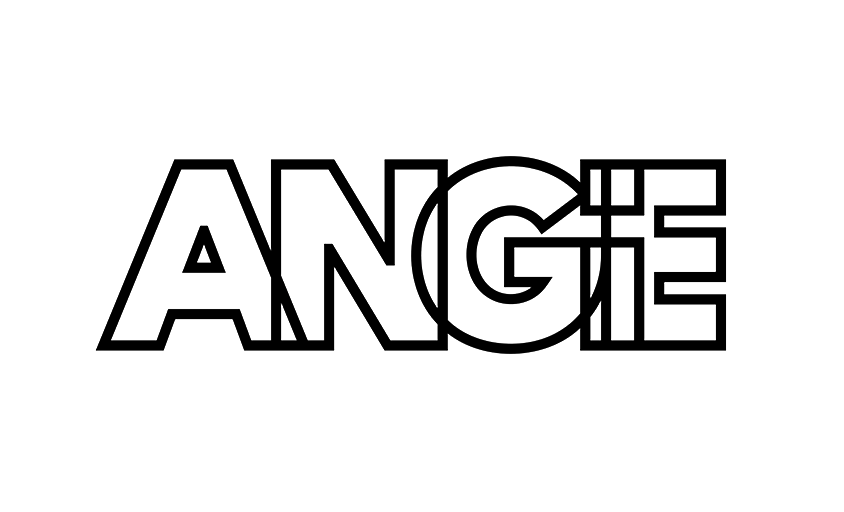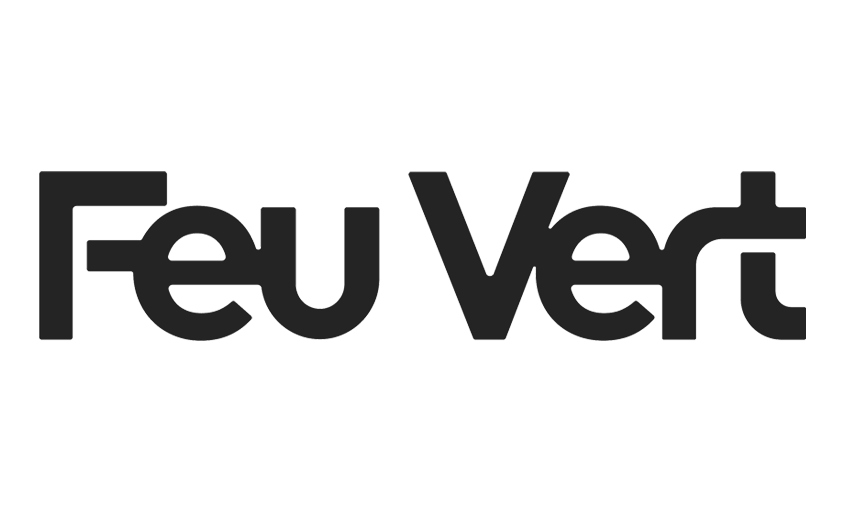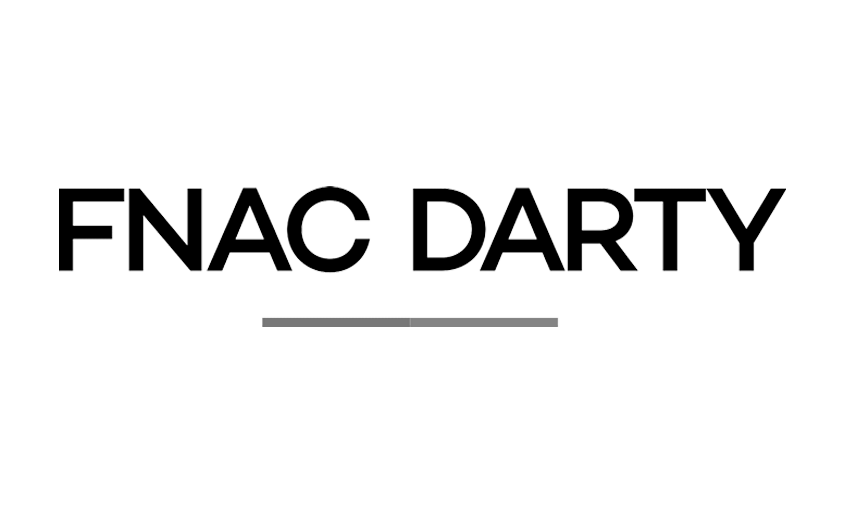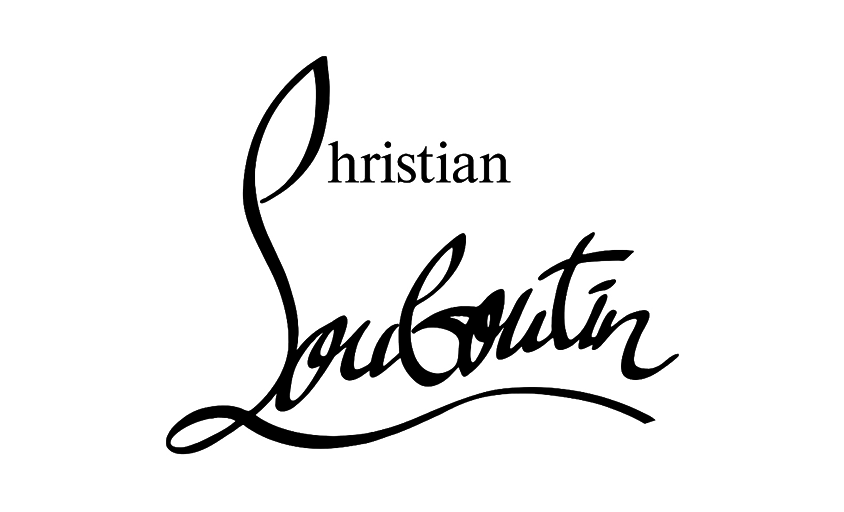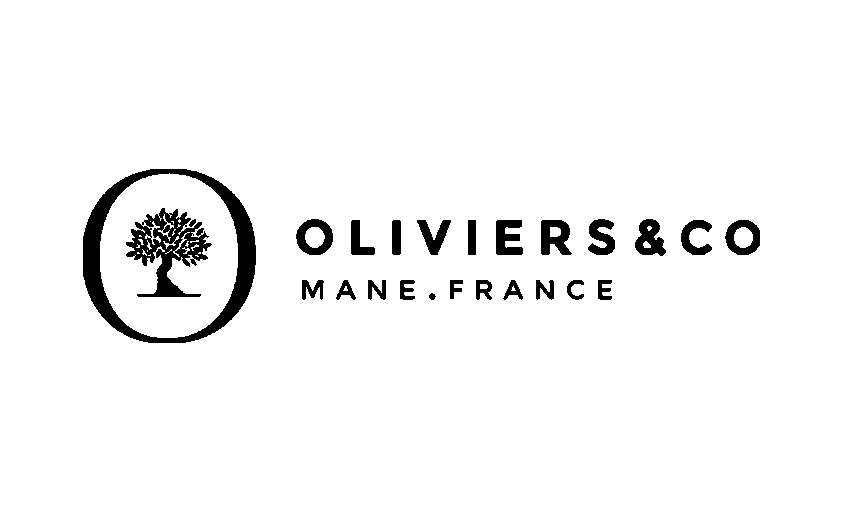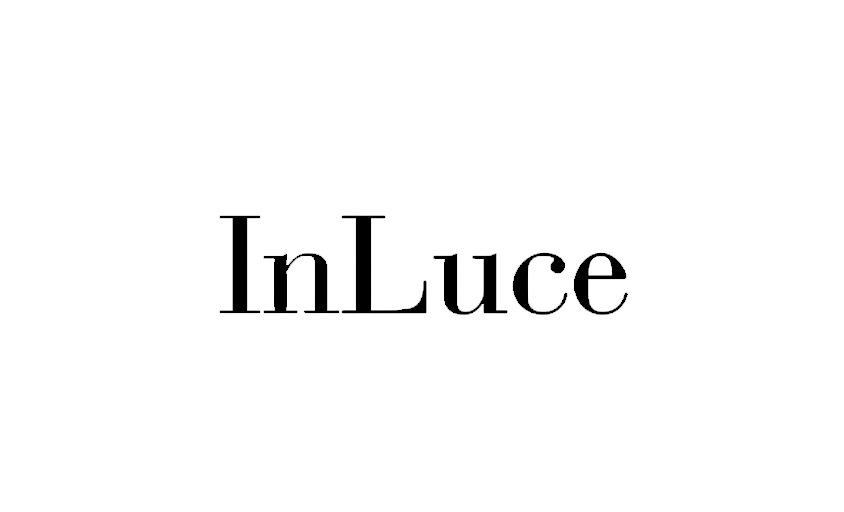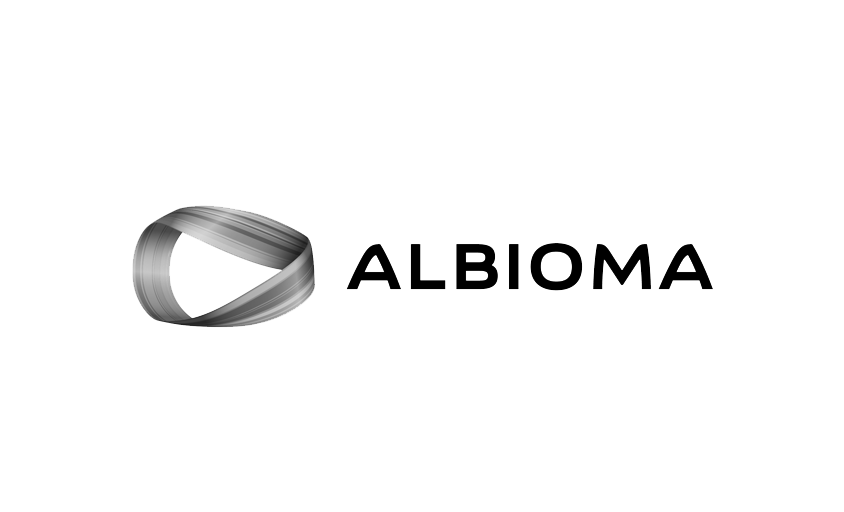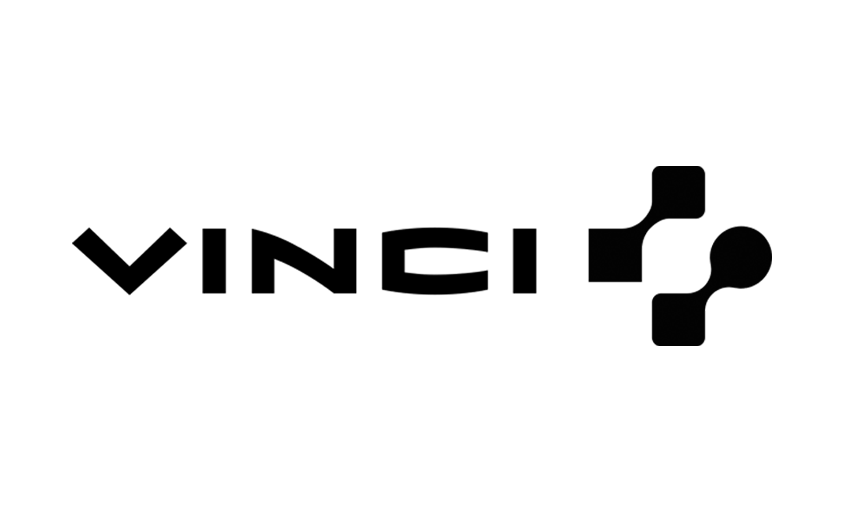S-Log Gamma, what is it?
In this article :
In photography, and especially in video, S-Log Gamma is an advanced image profile designed to capture a very wide dynamic range. Developed by Sony for its professional cameras, this setting allows recording the maximum amount of information in highlights and shadows, even under complex lighting conditions. Highly valued in demanding post-production workflows, S-Log is not meant for immediate viewing but to provide a neutral and flexible base for color grading, ideal for projects where every detail matters.
What is S-Log Gamma?
S-Log is a logarithmic gamma curve: it changes how the camera records light by compressing information in bright and dark areas to avoid data loss. Unlike a standard profile (such as Rec. 709), images shot in S-Log appear dull, washed out, and flat. This look is normal: it is a flat format intended to be reworked in post-production. This approach is similar to RAW format in photography, where raw files require processing to reveal their full potential. In practice, S-Log enables filming scenes with large exposure differences (backlighting, highly contrasted scenes) without blowing out highlights or crushing shadows.
Who is S-Log for?
S-Log Gamma is aimed at professional or experienced users who master grading steps and have equipment capable of fully exploiting this type of profile. It is especially used in film production, documentaries, high-end advertising, or music videos, where image quality and post-production flexibility are priorities. The S-Log format, particularly in its S-Log3 version, is designed for cameras with high dynamic range sensors (like Sony FX3, FX6, Alpha 7S III, etc.). The major advantage is recovering detail in extreme light areas without sacrificing the overall balance of the final image. But if misused, S-Log can produce dull, poorly exposed, or noisy results.
S-Log and Post-Production: Total Freedom, But Discipline Required
One of S-Log’s main benefits is to offer great interpretive freedom to the colorist or video editor. Thanks to a neutral image captured on 10 or 12 bits, adjustments of color, contrast, saturation, or tone are much more flexible. It is thus possible to create very stylized looks or, conversely, ultra-realistic renderings. On the other hand, working with S-Log requires discipline from the shooting phase: correct exposure (often with a slight recommended overexposure), controlled white balance, and possibly using preview LUTs on set. In post-production, software like DaVinci Resolve, Adobe Premiere Pro, or Final Cut Pro is essential to bring the image back to life.
Conclusion
S-Log Gamma is a powerful tool for those who want to push the limits of image quality. It optimizes light capture, preserves a wide dynamic range, and provides an ideal base for color grading and retouching. But this flexibility comes at a cost: technical mastery, discipline, and mandatory post-processing. Used correctly, S-Log transforms raw footage into a mastered cinematic image. So, are you ready to leave standard profiles behind and unlock the full potential of your sensor?
Jérémy Carlo is the editorial director at Rétines, where he ensures the consistency and clarity of all content produced by the studio.
Our Clients
Let’s discuss
What we do for you at Rétines
Meticulous work, an organised project and fast delivery. And to achieve this, we mobilise the right resources in our teams at the right time.
01
Pre-production
Artistic and technical direction tailored to the project.
Relevant recommendations on content, form and resources.
02
Photo Shooting
Photos taken by our experienced photographers.
Production that’s controlled, efficient and tailored to the needs of the project, with nothing superfluous.
03
Retouching
Technique
Photographs magnified by our retouching team.
Post-production to meet the commercial challenges of the brief.

